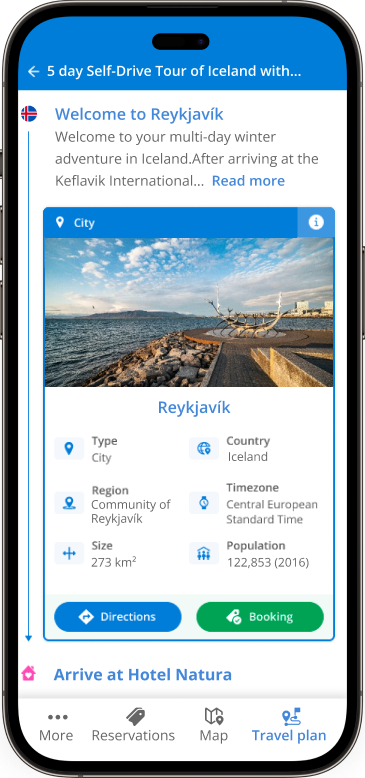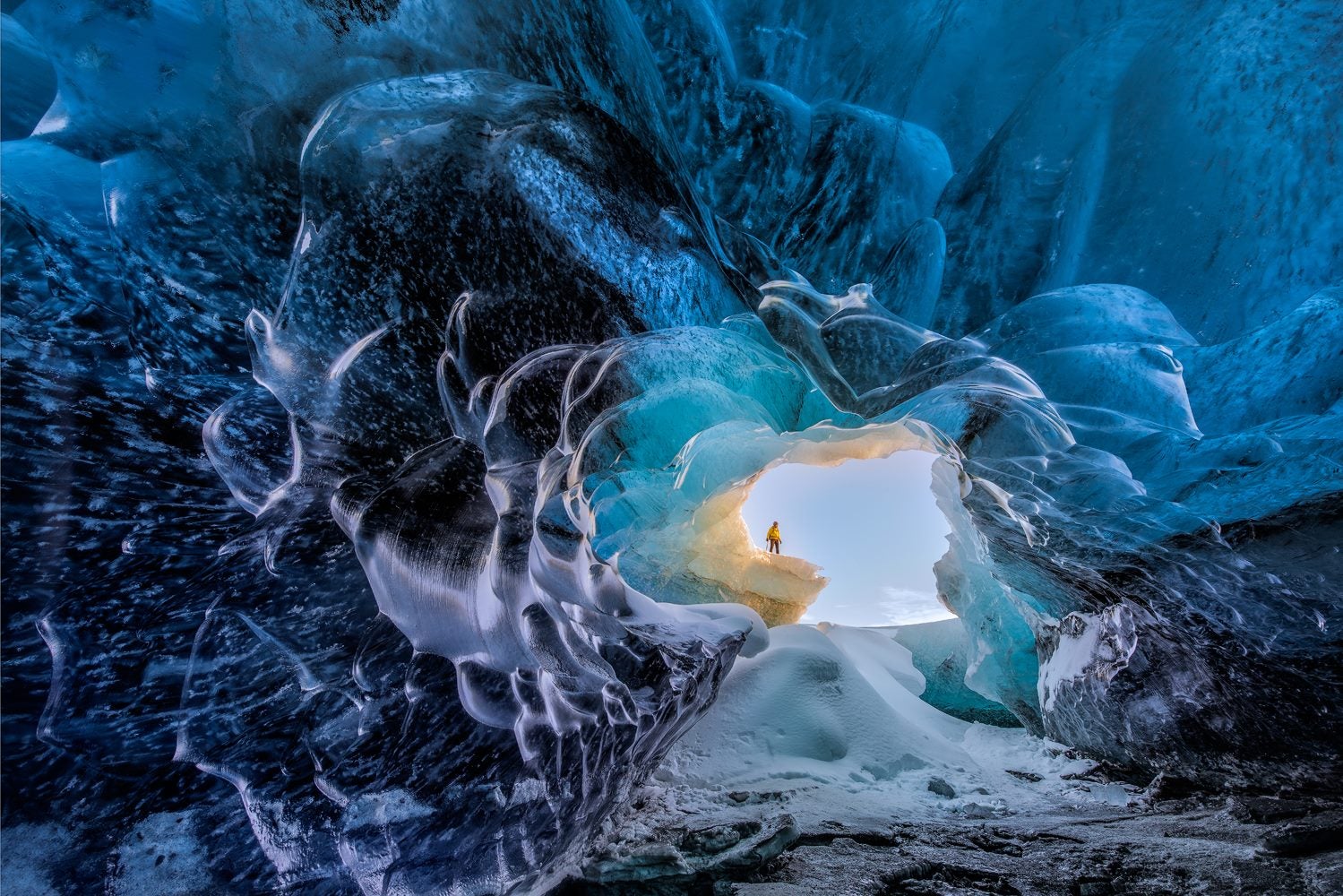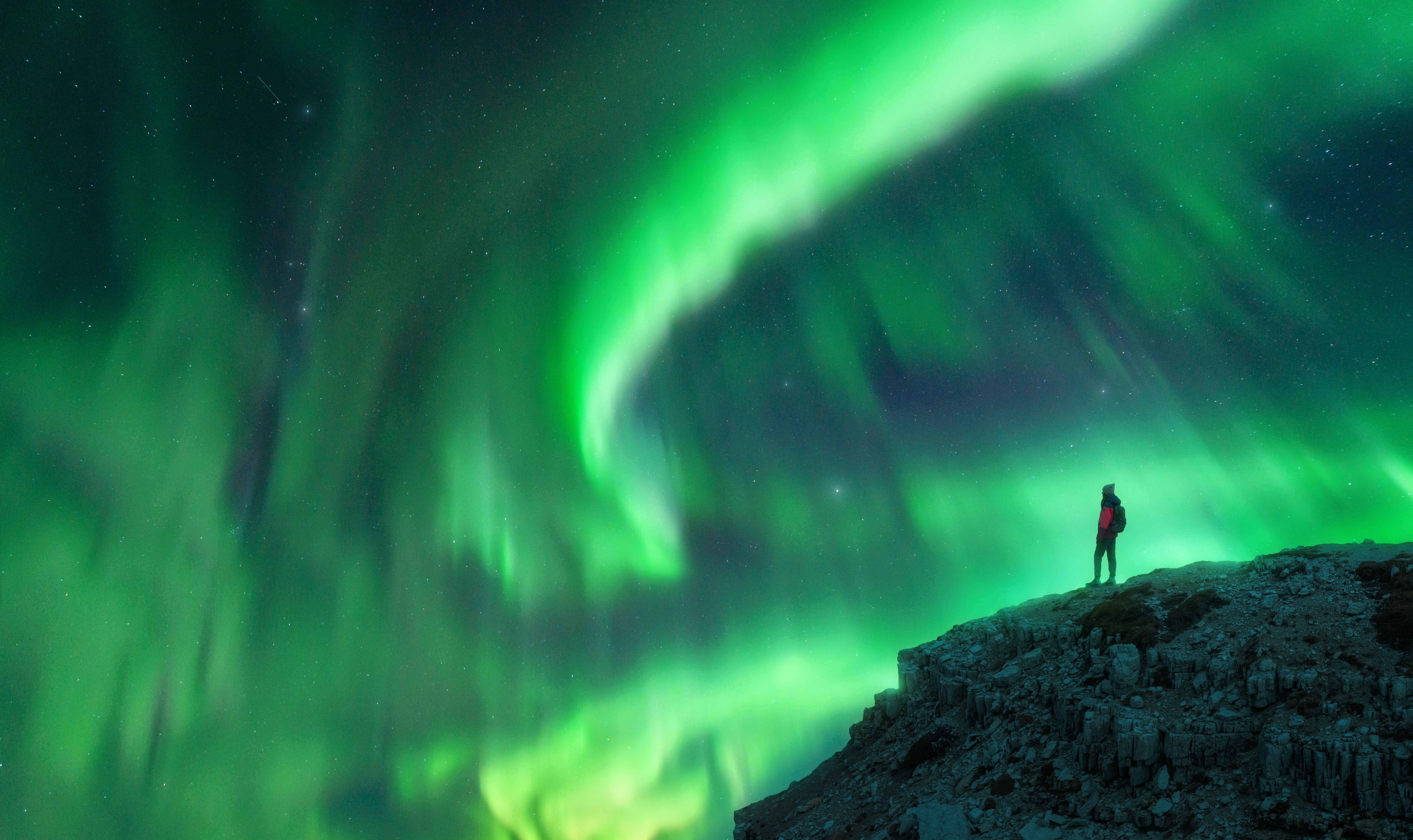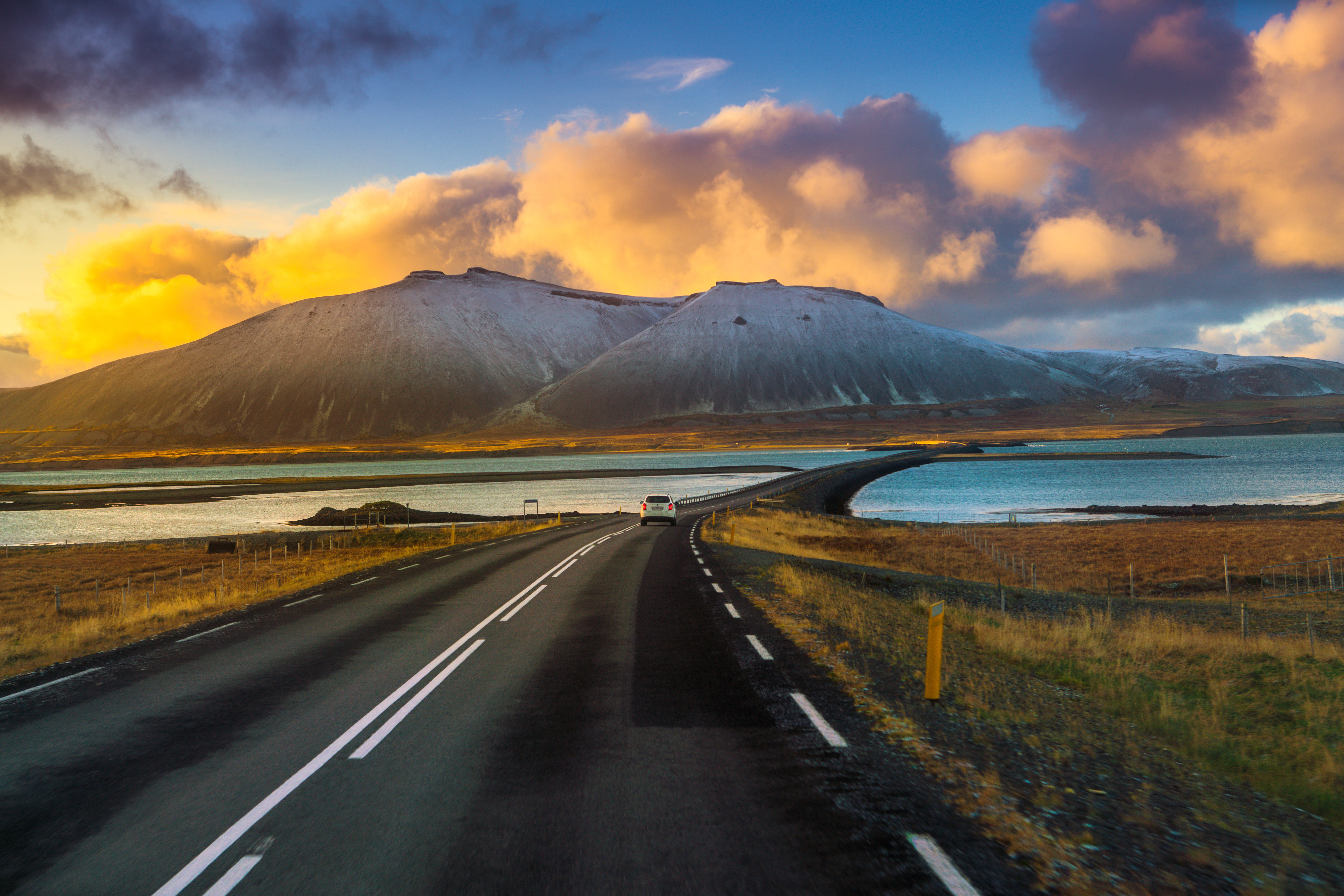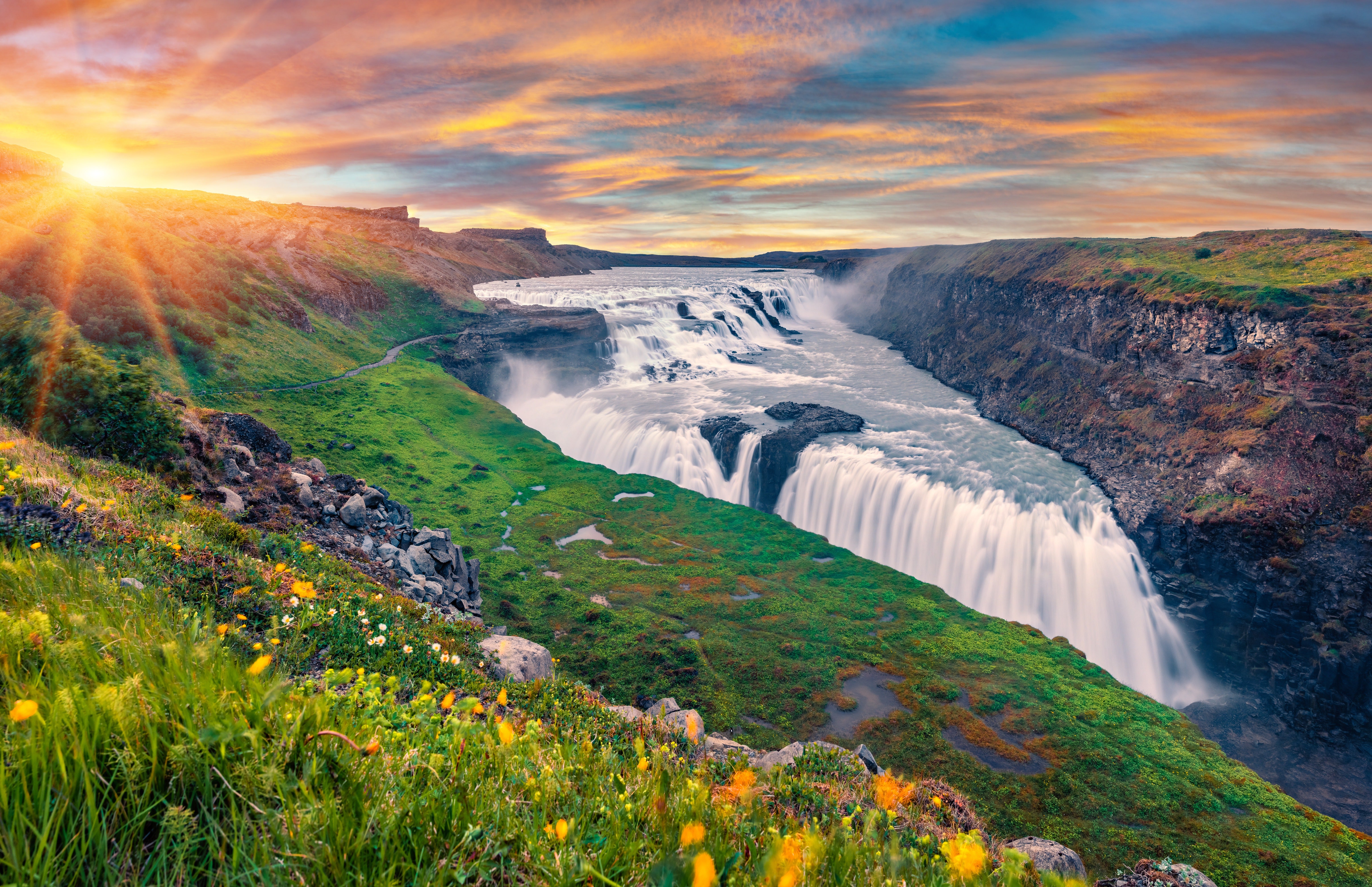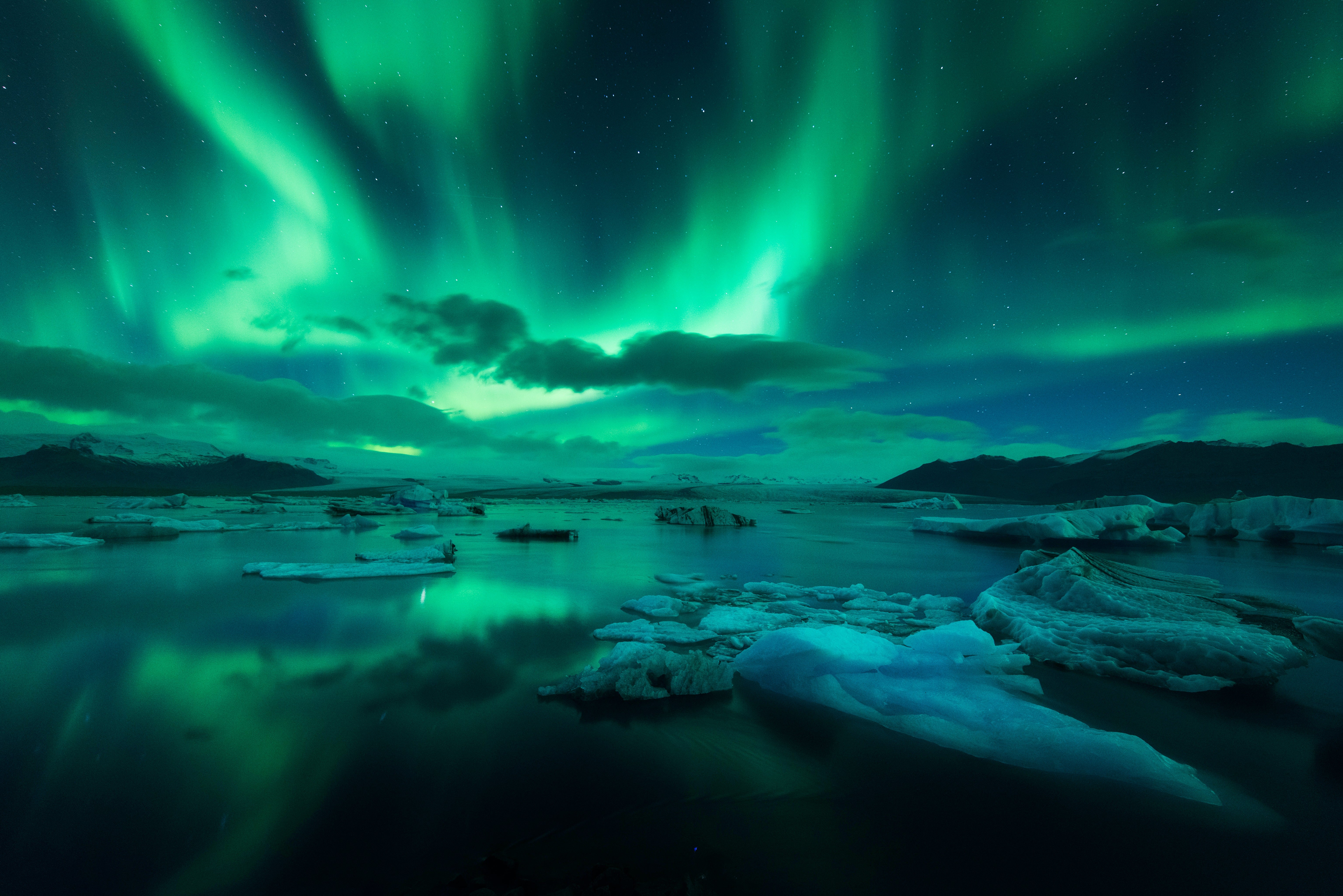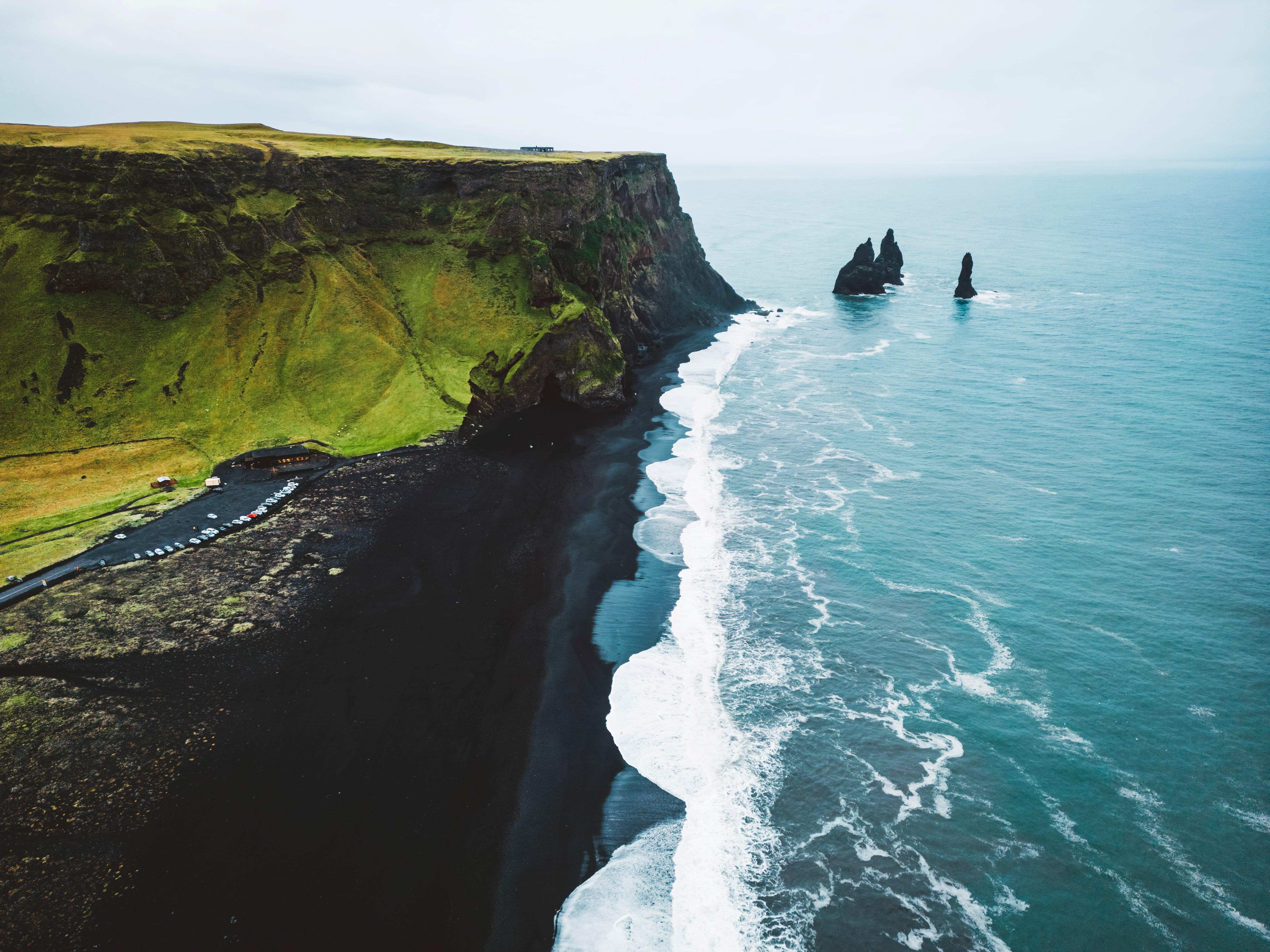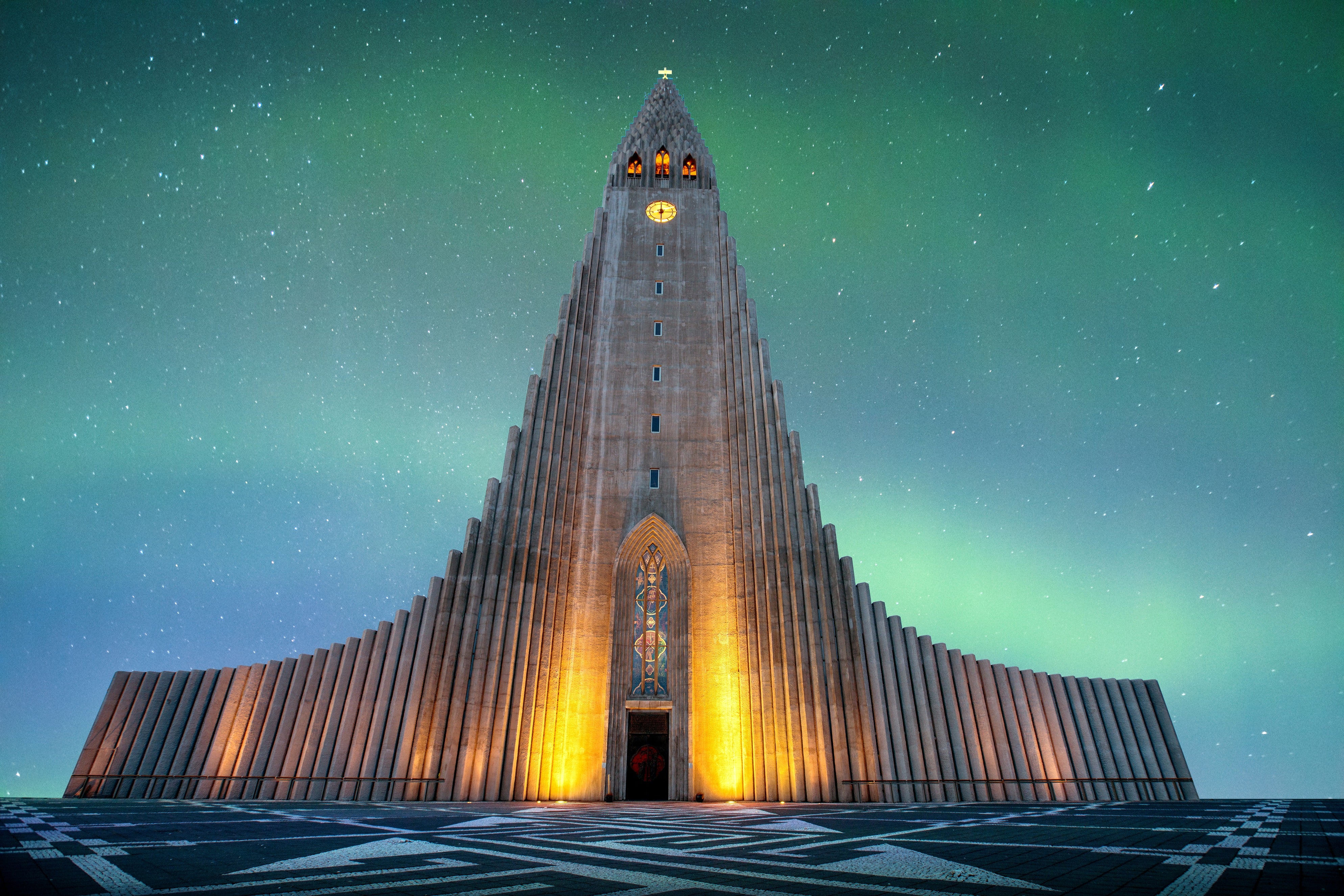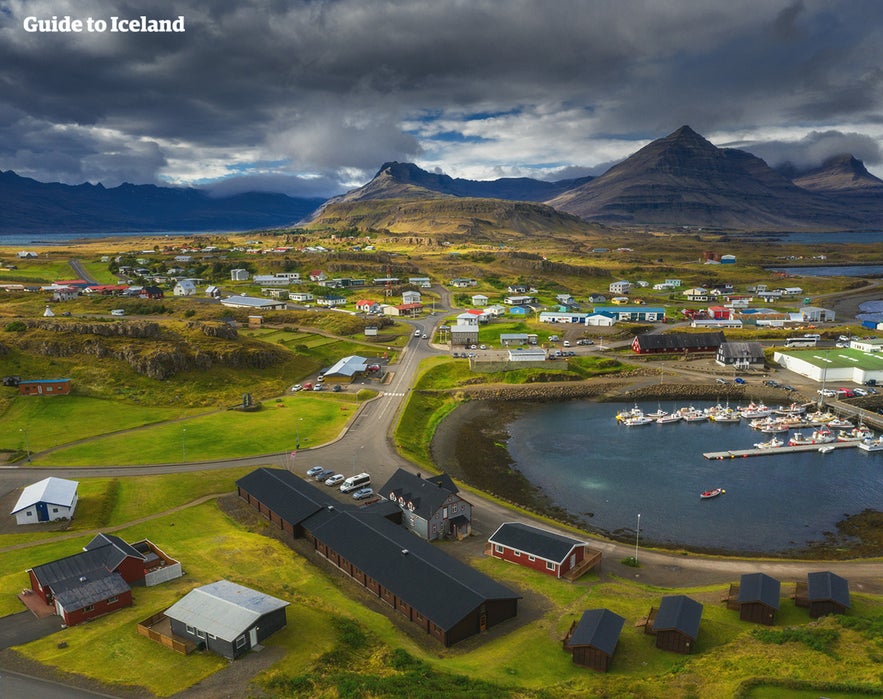
A trip to Djupivogur lets you experience coastal village life amidst the picturesque geography of East Iceland. Read more to learn why this village is so unique and what to expect during a visit to this tucked-away cultural treasure.
Djupivogur is a small fishing village outside the Bulandsnes Peninsula in the Eastfjords. This close-knit community has a population of just over 450 people.
Why You Can Trust Our Content
Guide to Iceland is the most trusted travel platform in Iceland, helping millions of visitors each year. All our content is written and reviewed by local experts who are deeply familiar with Iceland. You can count on us for accurate, up-to-date, and trustworthy travel advice.
Although remote, the village is right next to the Ring Road, making it a perfect stop on self-drive tours. It’s also an ideal stop if you’re searching for a quiet getaway while traveling through places to visit in East Iceland.
Key Takeaways
-
Djupivogur is a prime example of an Icelandic fishing village with a rich history dating back centuries.
-
The multifaceted geography around the village includes fjords, a mountain, and remarkable landscapes.
-
Modern culture in the village is slow and steady, with a focus on art, history, and Icelandic traditions.
-
Visitors don’t have to look far for things to do. You can easily explore the village’s culture and take in the natural surroundings in a few days.
History of Djupivogur, Iceland
 Djupivogur’s history as a trading center dates back to 1589. Fishing (primarily cod and herring) remained a significant part of the village’s economy for four decades. It still has a huge impact on daily life and local traditions.
Djupivogur’s history as a trading center dates back to 1589. Fishing (primarily cod and herring) remained a significant part of the village’s economy for four decades. It still has a huge impact on daily life and local traditions.
Its close proximity to the sea made it a perfect hub for exporting goods to Europe throughout the 18th and 19th centuries. Traders shipped salted meats, fish, and Icelandic wool—all common in Iceland.
The oldest building in Djupivogur is Langabud. Built in 1790, it was originally used as a trading post. It also served as a shop and warehouse.
Langabud is now a cultural center and museum dedicated to the village’s commercial history. The museum is also home to incredible works of art by the Icelandic sculptor Rikardur Jonsson.
Geography of Djupivogur
 Several different landscapes surround Djupivogur. The village sits between Berufjordur Fjord and Hamarsfjordur Fjord. It’s an ideal location if you’re interested in whale-watching or spotting Icelandic birds.
Several different landscapes surround Djupivogur. The village sits between Berufjordur Fjord and Hamarsfjordur Fjord. It’s an ideal location if you’re interested in whale-watching or spotting Icelandic birds.
The village also sits in the shadow of Bulandstindur Mountain. Stacked basalt rocks form this pyramid-shaped peak that reaches 3,507 feet (1,069 meters). Local folklore claims that Bulandstindur Mountain grants wishes during the summer solstice and is an “energy center” for the entire country.
Djupivogur Culture Today
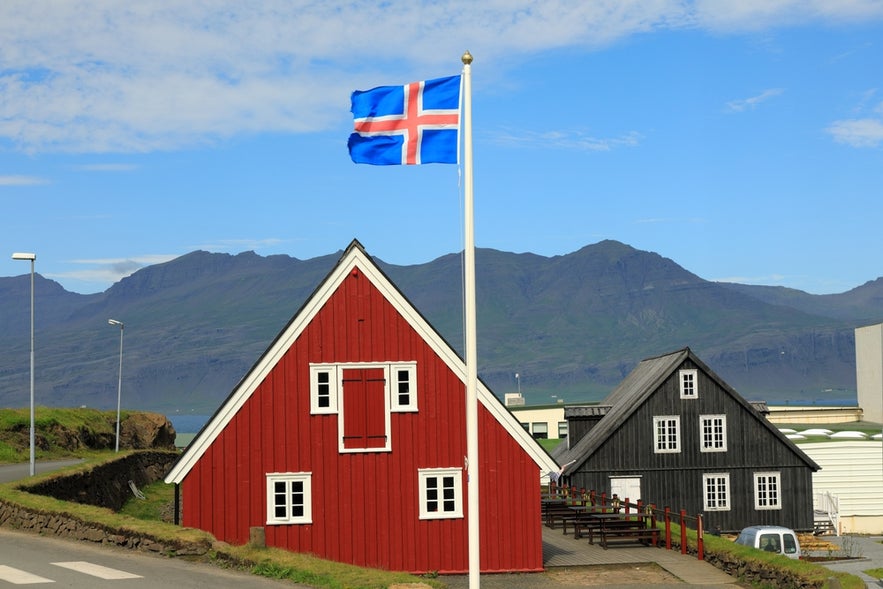 Slow and steady is a way of life for village locals. Djupivogur became part of the Cittaslow Movement in 2004, which promotes slow living as a way to achieve personal and environmental health. It’s the only Icelandic town that’s part of the movement.
Slow and steady is a way of life for village locals. Djupivogur became part of the Cittaslow Movement in 2004, which promotes slow living as a way to achieve personal and environmental health. It’s the only Icelandic town that’s part of the movement.
Don’t mistake the village’s focus on slow living for monotony or boredom. Djupivogur has a strong cultural identity that places importance on art, nature, and sustainability.
Though not a hotspot, the village has a healthy tourist industry for its size. You’ll have no problem finding hotels, cafes, restaurants, and shops. The environment offers a perfect blend of modernity and Icelandic tradition.
Things To Do in Djupivogur, Iceland
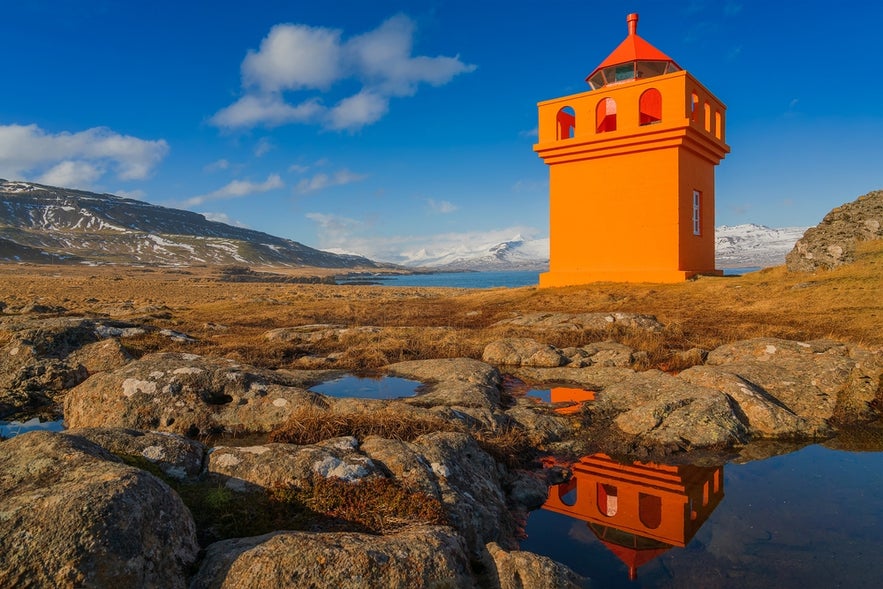 If you’re an art and nature lover, Djupivogur is right up your alley. The village has several museums and opportunities to lose yourself in the tranquility of this remote region.
If you’re an art and nature lover, Djupivogur is right up your alley. The village has several museums and opportunities to lose yourself in the tranquility of this remote region.
One of the most popular attractions is Eggin in Gledivik (Eggs of Merry Bay) by the artist Sigurdur Gudmundsson. These sculptures perfectly capture the prospering local birdlife across the region and make for beautiful photographs.
After you’re done taking in the sculptures, walk to Djupivogur Lighthouse near the harbor. This small, bright-orange lighthouse symbolizes the village’s deep roots in the fishing industry.
Audunn’s Mineral Collection is also a must-see. This museum lets you examine volcanic rocks, minerals, and fossils from Iceland’s geologic past.
The ARS LONGA Contemporary Art Museum is a fantastic place for modern art enthusiasts to explore innovative artworks.
Make sure to check for local artisan markets and workshops. The village often hosts exhibitions featuring local painters, photographers, and craftsmen.
Papey Island Near Djupivogur
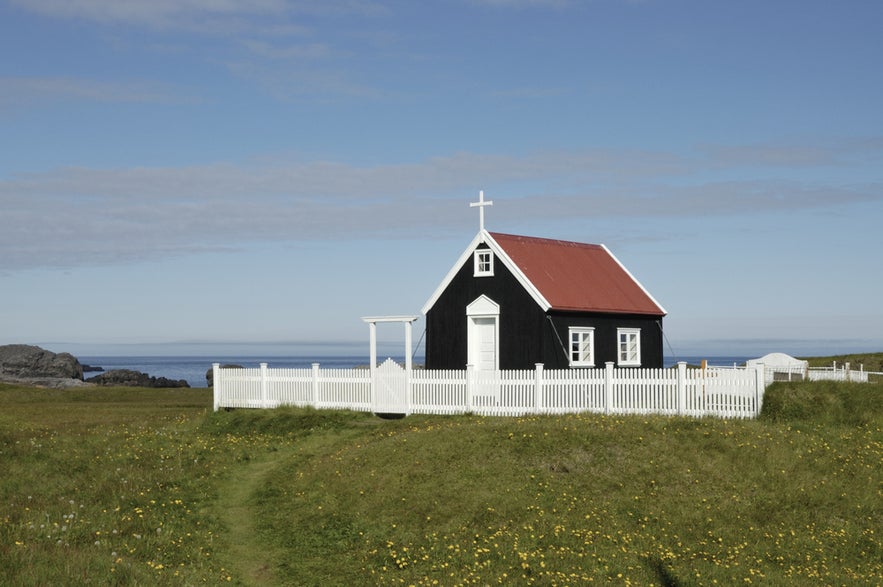 While not part of Djupivogur, this enchanting island is just off the coast. Papey Island was inhabited from the settlement of Iceland until as recently as 1966.
While not part of Djupivogur, this enchanting island is just off the coast. Papey Island was inhabited from the settlement of Iceland until as recently as 1966.
The oldest wooden church in Iceland was constructed on Papey Island in 1807. There’s also an automated weather station and a lighthouse nearby.
If seeing Atlantic puffins is on your to-do list, Papey Island delivers. Large colonies of the famous bird live on the island. Booking a boat tour makes for a fabulous day trip from the mainland.
Explore Djupivogur on a Tour
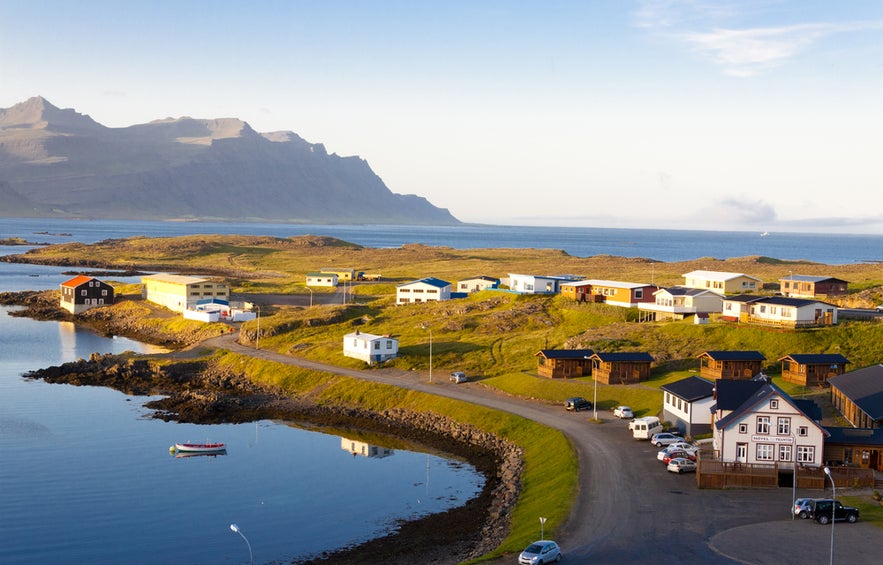 Places like Djupivogur make traveling through the Eastfjords a special experience. If you’re renting a car to explore at your own pace, consider adding this East Iceland village to your itinerary. You can also book a Ring Road tour that takes you past the village.
Places like Djupivogur make traveling through the Eastfjords a special experience. If you’re renting a car to explore at your own pace, consider adding this East Iceland village to your itinerary. You can also book a Ring Road tour that takes you past the village.
-
2-Hour Eastfjords Kayaking Tour — Enjoy a unique perspective of Bulandstindur Mountain and get a chance to see Icelandic wildlife.
-
2.5-Hour Mountain Biking Tour of Djupivogur — Ride through the Eastfjords and witness splendid landscapes around Djupivogur.
-
11-Day Self-Drive Tour of the Ring Road and Eastfjords — This summer tour sets you up for a comprehensive journey through Iceland.
-
Eastfjords Tours — Find your ideal tour of the Eastfjords and discover the region’s villages, natural wonders, and hidden gems.
Don’t forget to book accommodations in Djupivogur. There are plenty of quaint cottages and hostels to choose from.
FAQs About Djupivogur, Iceland
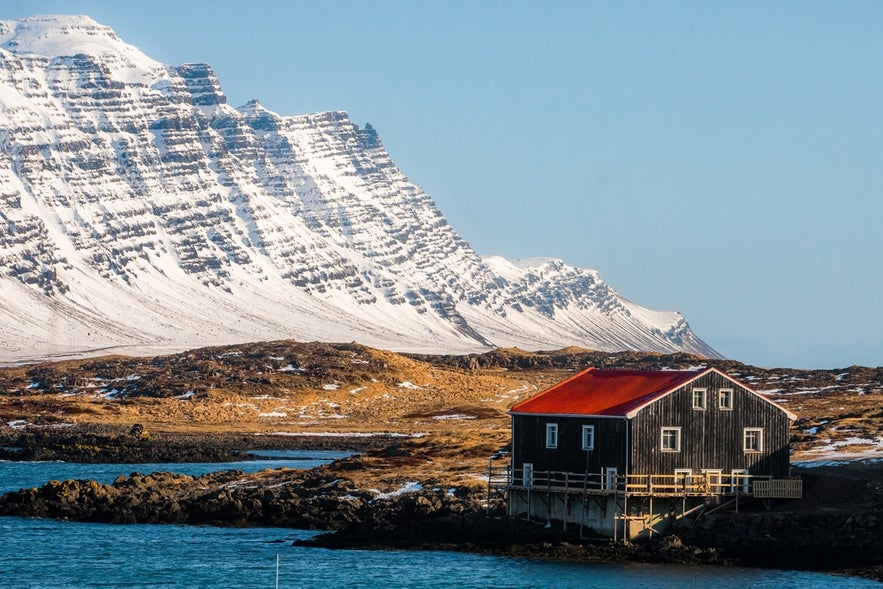 Preparing for your trip? Check out the most common questions travelers ask about Djupivogur.
Preparing for your trip? Check out the most common questions travelers ask about Djupivogur.
1. When is the best time to visit the village?
You’ll enjoy nicer weather in the summer. It’s also puffin season. Spring and fall are much quieter. Winter is peaceful, but the bad weather may result in cancelled tours.
2. Is Djupivogur a good stop on a Ring Road trip?
Absolutely. It’s a calm and scenic break between more crowded areas, and a great base for exploring East Iceland’s fjords, waterfalls, and Papey Island.
3. How many days should I spend in the village?
One full day is enough to experience the highlights. Consider staying for two or three days if you want deeper exploration of the area, hiking, and more relaxation.
4. What wildlife can I see in the area?
Along with puffins, arctic terns, guillemots, and eiders are common seabirds in the area. You can also spot seals near the shoreline. It’s possible to see reindeer as well, but they’re elusive.
5. Is the village walkable?
Yes. The village is very walkable, with scenic paths connecting the harbor, shops, cafes, and restaurants. You don’t need a car to explore the town itself, but you’ll need one if you want to travel to nearby sights.
6. Can I camp in Djupivogur?
Yes. There’s a well-maintained campsite near the harbor. It has bathrooms and showers, kitchen facilities, and views of the fjord and the mountain. It’s usually only open in the summer.
7. Can I fly a drone in the village?
Yes, it’s okay in most areas, but you should follow local rules. Stay away from people and birds, and avoid protected nature reserves. It’s also important to respect privacy and quiet zones (especially around Papey and Langabud).
8. What kind of food can I expect in Djupivogur?
You’ll find mostly fresh seafood, local Icelandic dishes, and home-style comfort food. Expect fish stew, langoustine (like lobster), lamb, and homemade soups. Many places also serve baked goods and coffee.
9. Can I see the northern lights from the village?
The village has minimal light pollution, making it ideal for spotting the northern lights. Peak viewing season is between September and April, so consider booking a winter self-drive tour.
Embrace the Slow Life in Djupivogur
 Djupivogur offers an opportunity to experience a different pace of life. This village promises a respite from the hustle and bustle of modern life.
Djupivogur offers an opportunity to experience a different pace of life. This village promises a respite from the hustle and bustle of modern life.
Ready to visit the small Icelandic village with a big personality? You won’t regret a trip to Djupivogur. It’s a fabulous place to slow down, unwind, and experience a serene way of life.

